Garden
All Garden Content
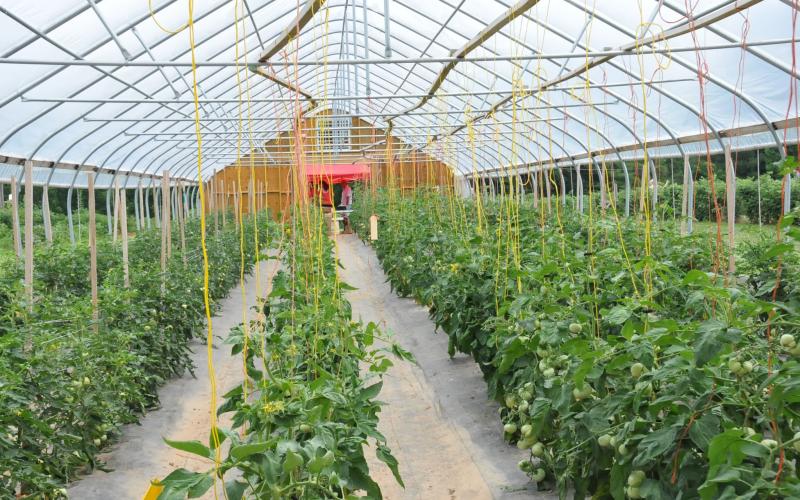
Pollinating Tomatoes in High Tunnels
In field-grown tomatoes the air movement is sufficient to vibrate flowers and achieve pollination. This is not generally true in the high tunnel because there is not sufficient natural wind to vibrate the flowers. High tunnel tomato growers should therefore pollinate their crop by other means.

Pig Squeak: Bergenia cordifolia ‘Winterglut’ (Winterglow)
Bergenia is a great plant for many different types of sites in the garden performing well in shady locations to full sun, if extra moisture is provided. It looks great as a single specimen plant or planted in groups of five or more.

Nugget Ninebark (Physocarpus opulifolius ‘Nugget’)
‘Nugget’ is a South Dakota State University release of this popular shrub. This particular cultivar has lovely golden yellow foliage in the spring which fades to a darker green later in the season.
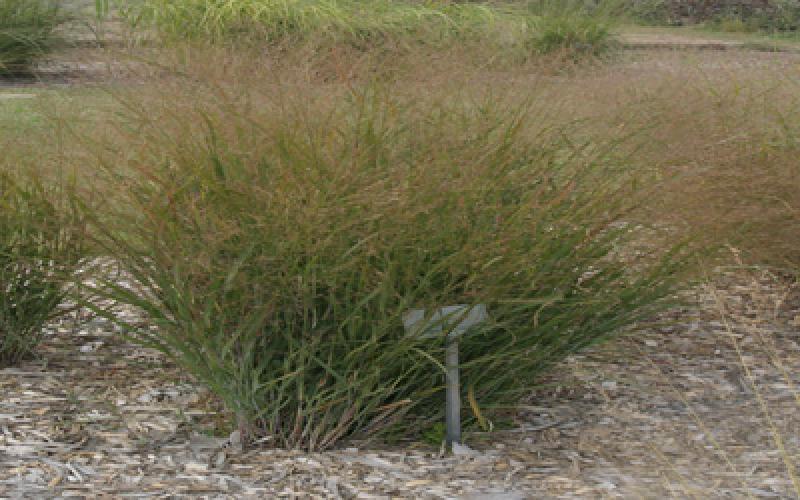
Native Plants: Switchgrass (Panicum virgatum)
Switchgrass (Panicum virgatum) is a native, warm season prairie grass that has slowly found its way into the popular ornamental grass market.
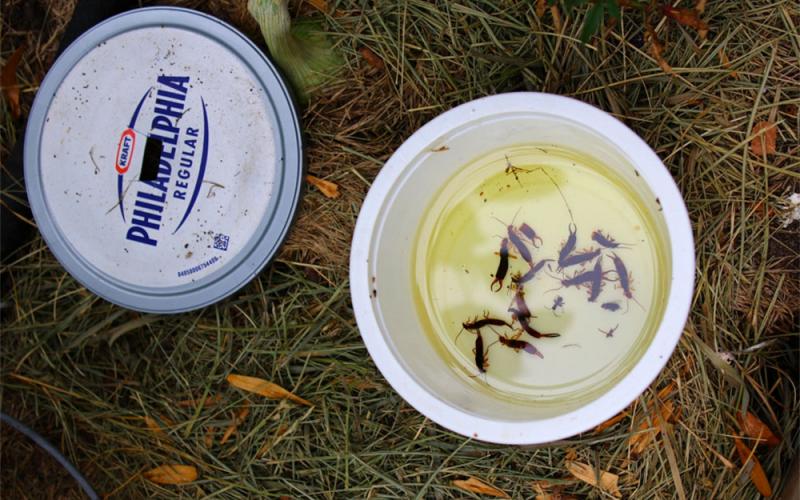
Earwigs in the Garden: Less-Toxic Control Alternative
Since earwigs provide some ecological service as natural enemies, I hesitate to recommend a pesticide application to control it. As an alternative least-toxic solution, bait trapping the earwigs should work to reduce the insect’s population to the non-threatening levels.

Mulberry Trees
Every year about this time I received a few samples of mulberry trees. This is a very common tree in South Dakota, not so much from being planted by people but from birds.
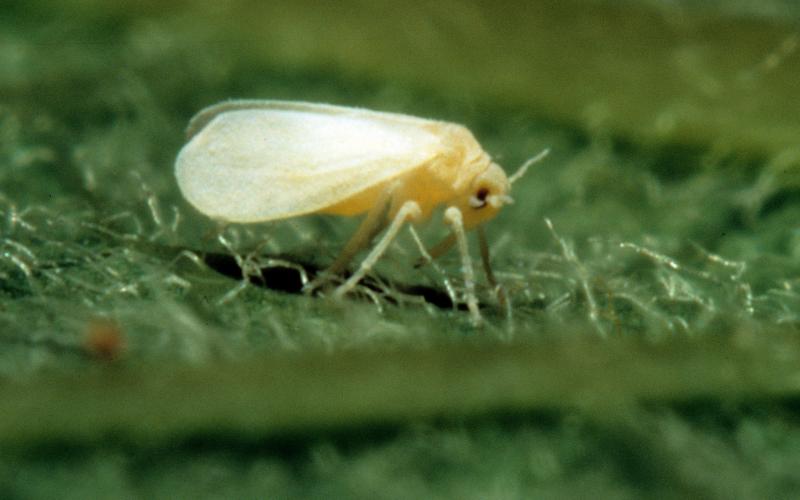
Biological Control of Pests in High Tunnels
Major insect and mite pests in high tunnels include aphids, thrips, white flies, and spider mites. Biological control uses living organisms (natural enemies) to suppress or limit pest populations to levels that do not cause economic injury to the crop.
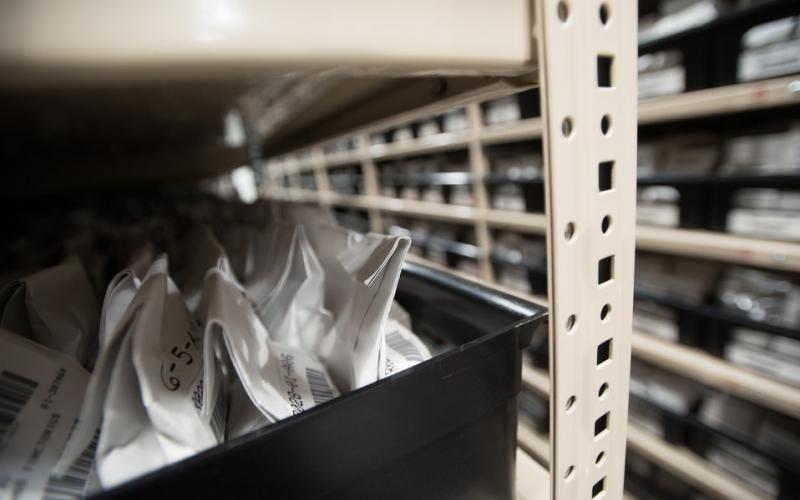
Healthy Seeds Make Healthy Plants
Saving seeds is a fun and economical way to produce plants for the next year. There are concerns however when saving seeds about seed-borne diseases.
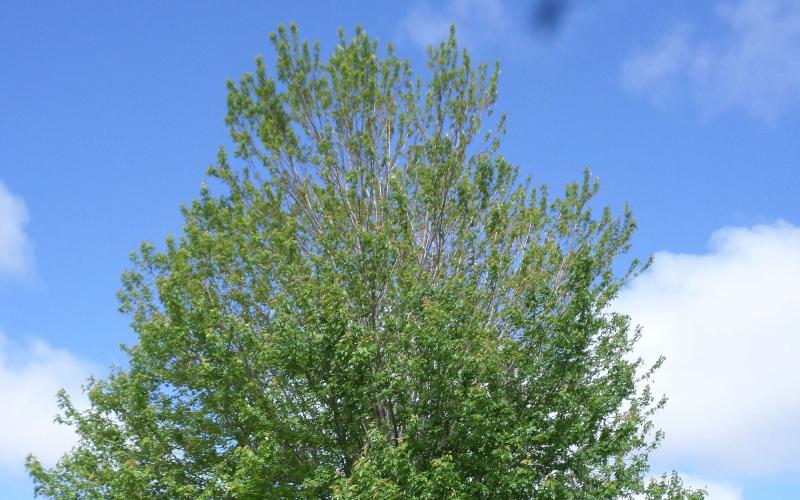
Maple Trees Looking Thin at This Time
Many of our maple trees are looking thinner at the tips of their canopies. The foliage in the lower, interior of these trees is dense, but when you look up at the tops, the leaves appear fewer and there are noticeable gaps at the base of the new shoot.
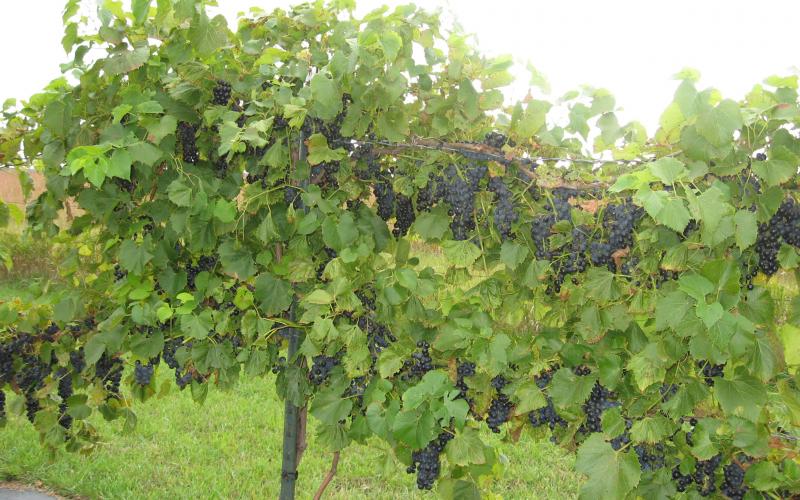
Grapes for Your Garden
Grapes in the Dakotas? Given an appropriate growing site and care, grape vines can last for decades or more in our climate thanks to the efforts of grape breeders over the past thirty years.